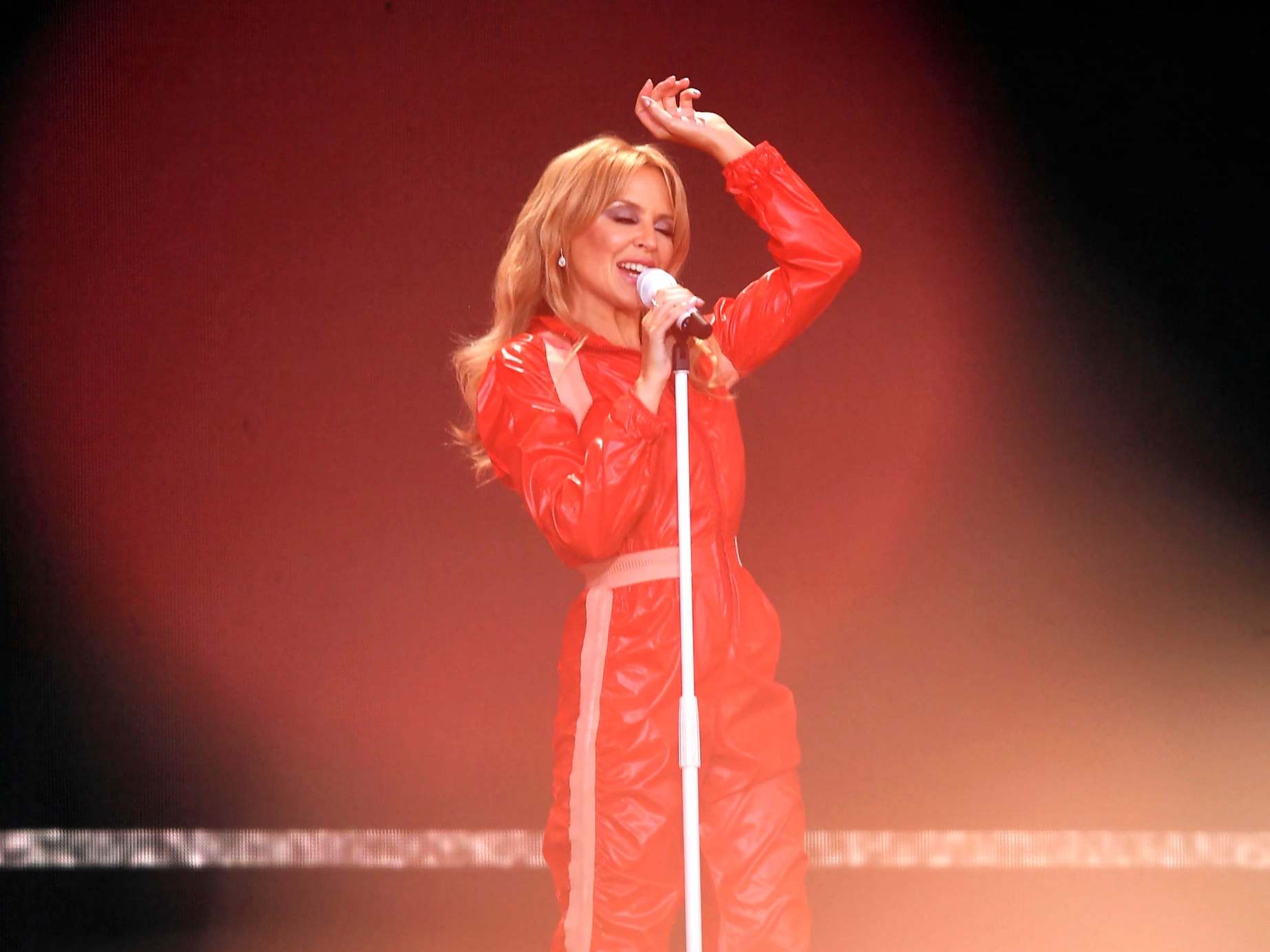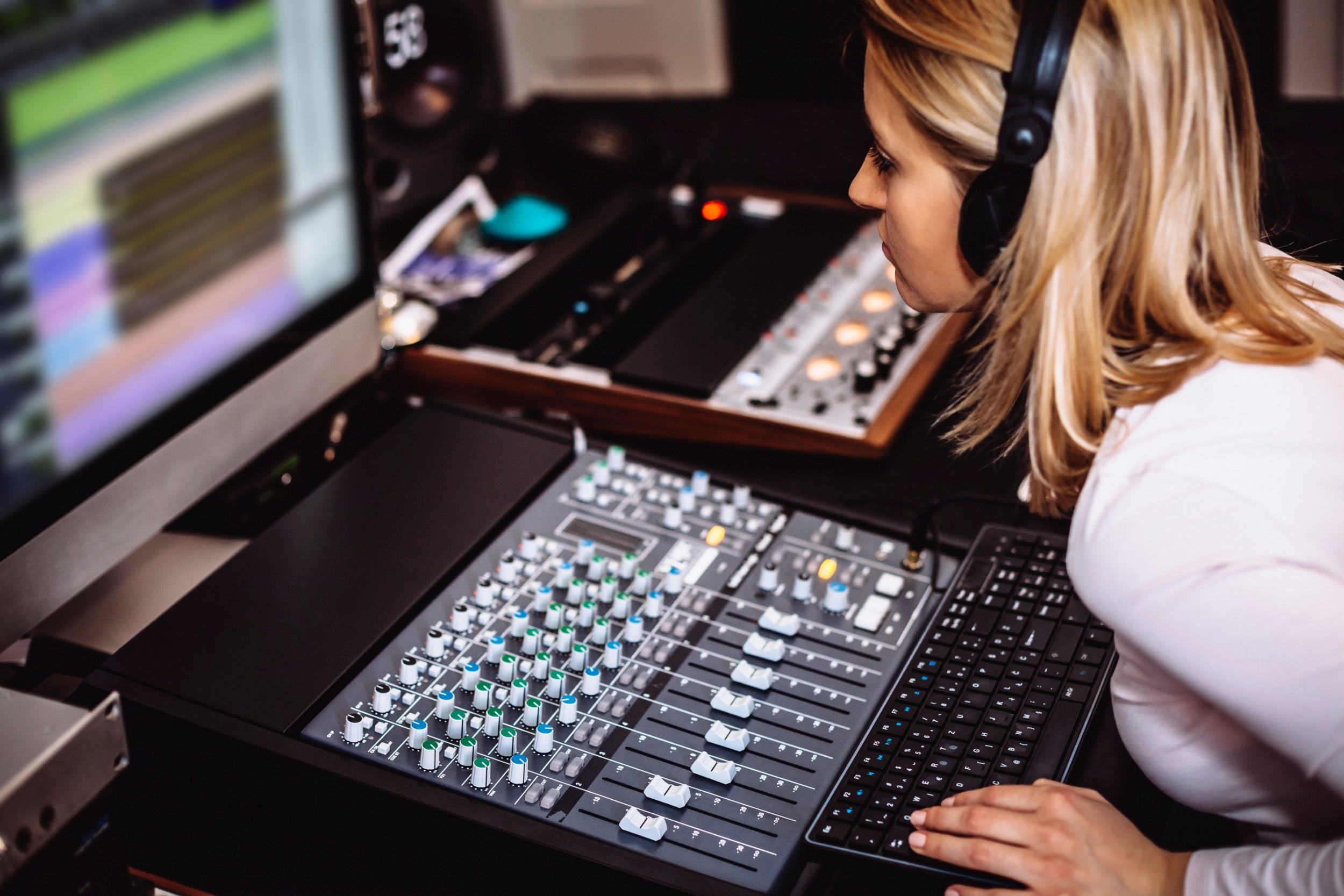How to get more women performing on the main stage at music festivals
The push for gender-balanced line ups is gathering pace – so why are there still so few women headliners? Samantha Warren investigates

Kylie Minogue was fabulous at Glastonbury: her perfect pop lighting up the Sunday afternoon ‘legends spot’ on the Pyramid stage. But here’s the thing: the legendary Aussie performer wasn’t picked as a headline act. As so often that honour was reserved exclusively for male acts – with Stormzy, The Killers and The Cure topping the bill on successive nights.
Emily Eavis deserves credit for her efforts in getting women into 42 per cent of slots across a huge festival – a considerable increase since 2015 when women occupied only 14 per cent of the lineup.
The push towards gender balanced lineups, or so-called 50/50 pledges, is led by the PRS Keychange initiative which calls for equal numbers of male and female performers at high profile festivals and music events by 2022. Some 250 music organisations have already signed up and Primavera Sound, held in Barcelona in May, was the first music festival to achieve a 50/50 gender split.
But the move is controversial – which may seem surprising when we know that high-profile role models are an important part of the psychology of inspiring women to enter male-dominated occupations. Actively recruiting women into visible public positions should be welcomed by all, surely?
The problems begin when we look more closely at what happens when quotas are used to address gender inequality. The argument is that without legislation requiring organisations to appoint a set number of individuals from the minority group, change will not happen fast enough. The 2011 Davies report, commissioned by the government, calculated it would take 70 years for men and women to achieve equality on company boards if the status quo wasn’t challenged.
Yet these quotas can result in women’s recruitment to less influential positions. In countries where gender quotas for company boards are already mandatory, it is not uncommon to find women in non-executive positions where their power is limited – impression management rather than real change. We can see this happening at Glastonbury, too.
Entrenched advantage
Another criticism of diversity quotas is an assumption that choosing people because of their gender – whether to perform at a festival, or lead a company – means ability and talent matter less than getting enough of the underrepresented group to meet the target. This tick-box view has damaging effects for everyone.
Men feel aggrieved that they may have lost out unfairly, while women feel they have only been chosen because of their sex, and not their talent.
But filling quotas does not have to be at the expense of ensuring a top quality bill, providing there are sufficient numbers of men and women in the talent pools you’re drawing from. You set the barrier high, then choose equal numbers of men and women who can jump it.
We can apply this approach to ethnicity, sexuality, age – and any number of individual characteristics, too. There is also an argument that, if we are serious about addressing inequality, then the dominant group will (and should) necessarily lose its entrenched advantage.
Filling the talent pool
But this is where it gets interesting. Because in music, as with many other creative and tech industries, the talent pools are far from equally sized. A recent report from the Annenberg Inclusion Initiative studied 700 popular music songs released in the US between 2012 and 2016. Women made up 21.7 per cent of artists, 12.3 per cent of songwriters and only a tiny 2.1 per cent of producers, suggesting that as creative roles become more techie, already low female participation rates fall sharply.

This is especially so in electronic music, which is the field I’m currently researching. Accurate figures on the numbers of female producers are hard to come by, but estimates sit between 5 per cent and 10 per cent of producers released by labels. I undertook a gender analysis of the tracks in the Beatport Top 100 one Sunday in May to test this. Sure enough, 91 per cent of them were made by men. And of the nine tracks with women listed as an artist, it appeared only five of them were written and/or produced by a woman as opposed to “just” featuring a female vocalist. These are tiny proportions.
Driven by the digital revolution in music production, writing and producing the music that you play – not just performing it – is a vital part of being a credible artist. From my research, it is clear this is fast becoming the most important criteria in electronic scenes. Without your own catalogue of releases, you’ll struggle to get booked to play the midrange festivals that are the grassroots of the industry.
It is these events that produce the next generation of A-listers that headline the major festivals. So even if women are great DJs and put on an amazing show, if they are not writing and producing their own music they will lack the cachet needed to be taken seriously and our pipeline of future female talent runs dry.
So 50/50 lineups do provide a great opportunity for female artists, by inspiring girls and women to pursue musical careers. But they also risk reinforcing difference through the divisive nature of quotas. That is not to say we should abandon the idea, but we also need longer term solutions to break down stereotypes about music and technology.
Initiatives such as Toolroom’s #WeAreListening project, Hospital Records’ Women in Drum and Bass Facebook group, the SheSaid.So mentoring network as well as educational projects such as Women in Sound on Sound are all examples of programmes that give women a leg up in music production so that they can compete for the top slots.
Offering safe spaces to learn, connect with other women for support, to network and get noticed: these are things that will create sustainable change for a more inclusive music industry of the future.
Samantha Warren is a professor in organisation studies and human resources management at the University of Portsmouth. This article first appeared on The Conversation
Join our commenting forum
Join thought-provoking conversations, follow other Independent readers and see their replies
Comments